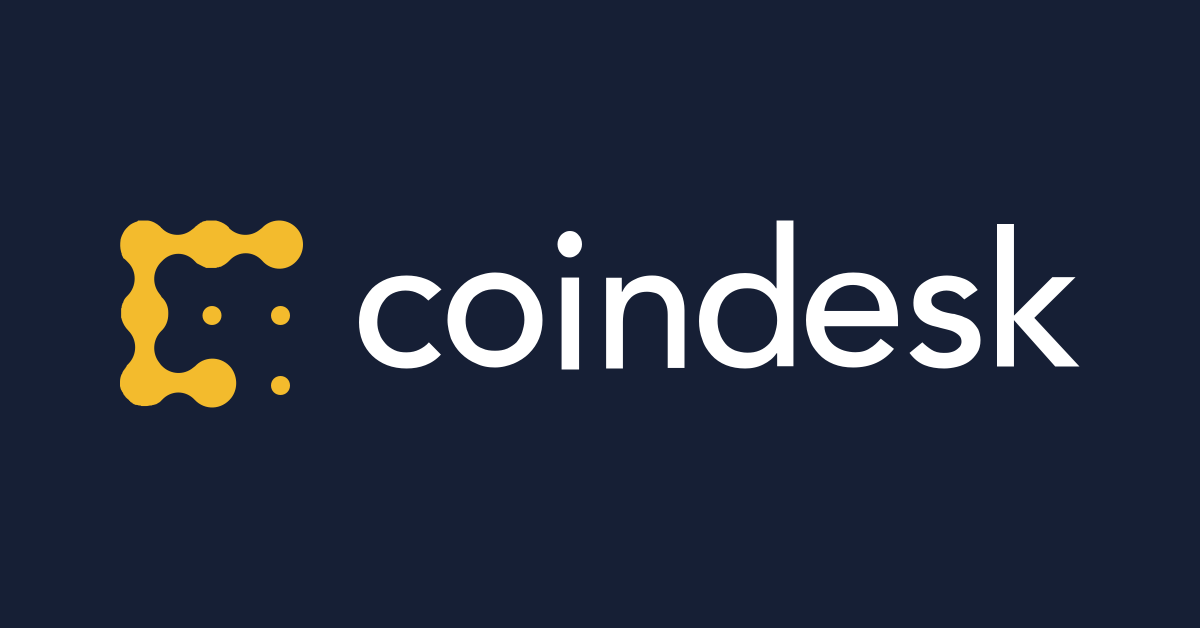The Virtuous Circle of Market Data

Noelle Acheson is a veteran of company analysis and member of CoinDesk’s product team.
The following article originally appeared in Institutional Crypto by CoinDesk, a newsletter for the institutional market, with news and views on crypto infrastructure delivered every Tuesday. Sign up here.
_______
Financial market data feeds are generally not the most compelling of businesses. Commoditized, concentrated and with very little scope for creativity, they are among the most boring ways of making money in financial markets.
Even in the crypto sector, the flood of information confuses, obfuscates and quickly becomes noise.
But a shift is under way: data extraction is moving from being something done in the background to a primary activity in its own right. In traditional markets it now generates significant income for exchanges, and in some cases the majority of profits.
In crypto markets, data also looks on track to become a solid business, given the recent string of funding announcements for crypto data firms (such as last week’s participation by Fidelity Ventures and other investors in Coin Metrics’ latest round).
The underlying philosophies are very different, however, as are the end goals. The path taken by traditional exchanges is diluting their original intent. Crypto markets, on the other hand, are more faithful to the original ethos – and as their influence expands, their handling of data has the potential to take capital markets back to their wealth-spreading origins.
A bit of history
Stock exchanges evolved to fulfil two main needs: liquidity and price discovery. The idea was that liquidity would come from investors basing decisions on reliable price data to which all participants had access. Back when trading venues were owned by their “members,” this worked – they exchanged positions among themselves and knew at what price other participants were willing to buy or sell. This provided a “fair” view of the market.
But with the demutualization of leading stock exchanges, ownership of and access to that data changed. Stock exchanges became independent for-profit companies and started to treat one of their most important assets – data generated on their platforms – as a proprietary, competitive advantage.
The significant revenues generated by what once belonged to the market – at the expense of market participants – has generated much resentment, leading the US Securities and Exchange Commission (SEC) to step in and investigate. The exchanges are not happy about what they see as an incursion into a handsome profit generator, and are questioning the SEC’s authority in this area.
Things are getting tense, but at the same time light is being shed on both the role of exchanges and of regulators in the creation and maintenance of fair markets.
And, of course, on the role of data.
An alternative system
In traditional markets, access to data was a linchpin for equal opportunity. Gated access creates an uneven playing field, which concentrates market influence in the hands of those who are already ahead.
Crypto markets are different. Most of the main cryptoasset exchanges give away their data for free via APIs, in order to encourage more liquidity – similar to the intention of the original stock exchanges.
Similar, but not the same. The original stock exchanges were created for professional investors. The original crypto exchanges were created for the retail market, so the distribution of information needs a broader scope.
Furthermore, the exchange landscape is much more fragmented than with traditional securities. After just over 400 years of evolution, there are approximately 80 operating stock exchanges in the world. In less than 10 years, over 240 crypto exchanges have emerged.
Throw in the fact that the more liquid cryptoassets quote on several exchanges (whereas most stocks quote on just one), and it becomes obvious that coming up with a “representative” price feed to cover the bulk of the market is trickier than it seems.
Plus, the data from many exchanges is not widely trusted. Volumes can be easily inflated through practices such as wash trading, which can also distort prices. Even if an exchange wanted to charge for its data, would it be worth it for customers?
Dig deeper
Hence the emergence of a new type of crypto business: independent data providers that go directly to the relevant blockchain to extract information and translate it into human-readable form. This adds a layer of analysis, beyond what can be obtained from market data, that will help inform insights and investment decisions.
In traditional markets, data analysis is big business – Bloomberg (just one example) started out providing market information and analytics in 1983, and now generates over $1 billion in revenue.
But Bloomberg and its peers (and consequently their clients) rely on data feeds that belong to and are monetized by the exchanges. Crypto analysts rely on data feeds that belong to the market.
This structure is how markets were originally supposed to look. For fair pricing and transparent distribution, data needs to be evenly available to all participants. The emergent infrastructure supporting the growth of crypto markets could end up nudging capital markets back in that direction.
A self-fulfilling cycle
It will need the help of data analytics, though. The impact that recently funded startups such as Coin Metrics, Flipside and The Graph could have goes way beyond better charts and interfaces.
The service that they offer is an essential part of drawing institutional investors into the market. Institutional investors will rarely take a position without a substantial amount of documentation and research. Often they are required to justify their decisions to clients and boards, with models, graphs and well-reasoned scenarios.
The lack of reliable market data is being gradually overcome by the emergence of dashboards that attempt to remove dubious information and adjust for weaknesses in feeds. Some are very good, and the quality is improving all the time. These, combined with original and relatively reliable analysis from blockchain data, paint a detailed picture investors can get comfortable with.
The increase in volumes from the resulting investment will lead to better market data and more on-chain analysis, which will lead to higher levels of comfort, more investment, even better market data and even more on-chain analysis. And so on.
Talk about a virtuous circle.
Binary data image via Shutterstock










